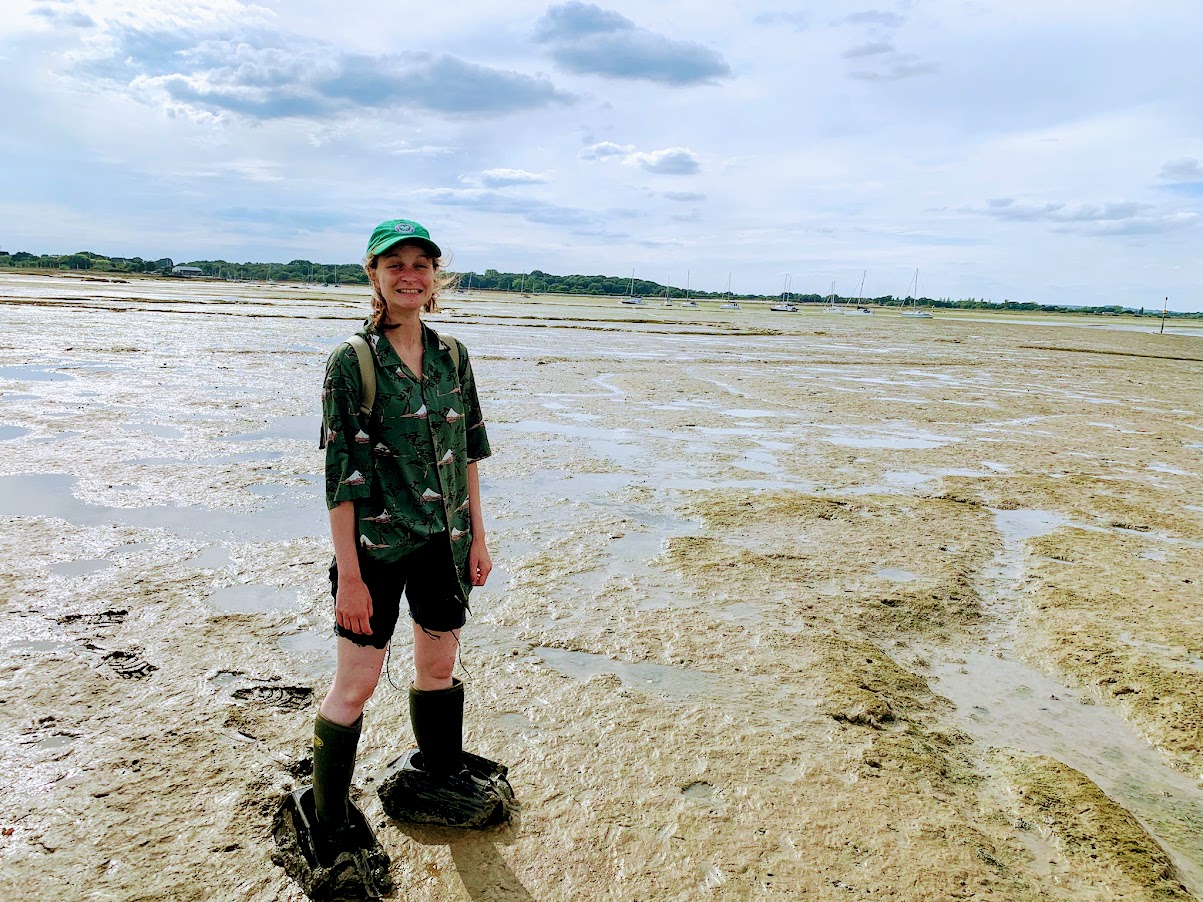Academic research plays a key role in helping understand the pressures on Chichester Harbour. We’ve been working closely with Brighton University to develop a PhD opportunity into the impact of contaminants within the Harbour and we’re delighted that Chichester Harbour Conservancy, together with the Manor of Bosham, are sponsoring a PhD led by Brighton University, with a particular focus on research into contaminants found within the sediment of seagrass beds and native oysters and the subsequent impact on these ecosystems.
Natalie Huckle has been appointed by Brighton University to carry out the research and complete the PhD over the next three years. Here Natalie outlines the research she plans to carry out and why it’s so important.
You may not realise it when looking out across the water, but just below the surface, Chichester Harbour holds examples of some of the world’s most productive coastal habitats. Seagrass meadows provide a nursery for fish, stabilise the seabed and improve neighbouring habitats by slowing currents and trapping sediment. Native oyster beds filter water and provide refuge for a variety of species, increasing biodiversity. Both store carbon and reduce nutrient levels in the surrounding water.
This productivity is in decline in the Harbour as the habitats decline. There are a number of pressures contributing to this, and my work will focus on water quality. More specifically, it will look at sediment quality – yes, glorious mud! Teeming with wildlife and providing the route for seagrasses to absorb nutrients, sediment is also prone to storing pollutants and offering a pathway for their accumulation through food webs as well as releasing them back into the water when disturbed. In fact, vicious circles can be created where water quality is worsened due to a decline in the species that improve it, thereby leading to a further decline of those very species and a release of even more pollutants from the seabed.
As someone who grew up in the area and has enjoyed the many pleasures that Chichester Harbour has to offer, I’m now lucky enough to be able to work with the Conservancy, the Manor of Bosham and the University of Brighton to provide supporting evidence to the vital restoration projects that are planned. I will be looking at what is happening within the sediment and how that might be affecting the plants and animals that call it home. How do pollutant levels differ across the Harbour? How might contaminants be working together to change the structure of food webs or biological processes of fauna? These are just some of the questions that I’ll be exploring over the next few years.
To begin, I will be adding to our existing knowledge about pollution in the Harbour as well as developing laboratory methods for the work to come. You may already have seen me out collecting samples from the intertidal areas – please feel free to say hello, I’m always happy to meet fellow Harbour-lovers!
